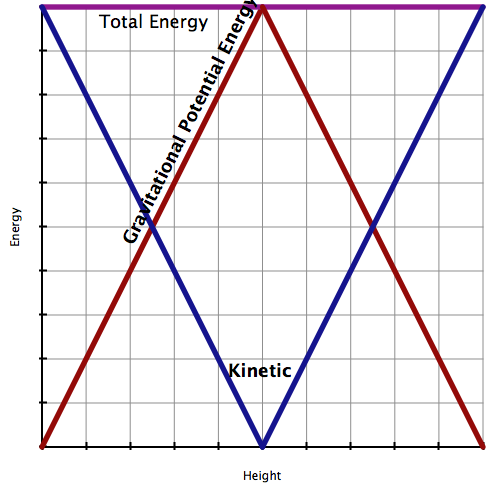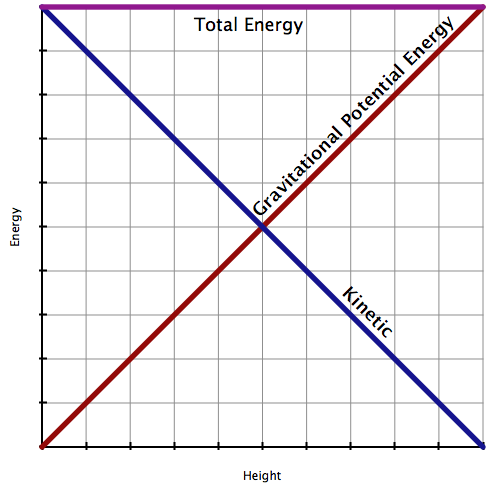Never doubt that a small group of thoughtful, committed, citizens can change the world. Indeed, it is the only thing that ever has.
--Margaret Mead
Boy, 7, raises $240,000 for Haitian Relief.
--Margaret Mead


What is deliberate practice?It’s designed to improve performance. “The essence of deliberate practice is continually stretching an individual just beyond his or her current abilities. That may sound obvious, but most of us don’t do it in the activities we think of as practice.” It’s repeated a lot. “High repetition is the most important difference between deliberate practice of a task and performing the task for real, when it counts.” Feedback on results is continuously available. “You may think that your rehearsal of a job interview was flawless, but your opinion isn’t what counts.” It’s highly demanding mentally. “Deliberate practice is above all an effort of focus and concentration. That is what makes it ‘deliberate,’ as distinct from the mindless playing of scales or hitting of tennis balls that most people engage in.” It’s hard. “Doing things we know how to do well is enjoyable, and that’s exactly the opposite of what deliberate practice demands.” It requires (good) goals. “The best performers set goals that are not about the outcome but rather about the process of reaching the outcome.”
Unless you’re a professional athlete or musician, your peers are likely spending zero hours on DP. Instead, they’re putting in their time, trying to accomplish the tasks handed to them in a competent and efficient fashion. Perhaps if they’re ambitious, they’ll try to come in earlier and leave later in a bid to outwork their peers.But as with the intermediate-level chess players, this elbow-grease method can only get you so far.
What do you think will happen when you start doing deliberate practice?

When Tom and Nicole were in love, they apparently exchanged a pair of Oscar-type statuettes of each other made of solid gold. After their break-up, these former symbols of love became symbols of pain. To ease the pain, Tom Cruise hit on a stategy of “placating density.” Sorry, that should read “placating destiny.” You have to take an object that you associate with the loved one, and submerge it in the middle of a lake. If the water level rises, it symbolizes that your mental tide has turned, and it helps you to move on.
1. So, as shown in the figure, Tom Cruise took the solid gold statue of Nicole Kidman, rowed to the middle of a lake, and tossed it overboard. Did the water level rise, fall, or stay the same when the statue sank to the bottom, relative to the level when the statue was in the boat? Why?
1. a) What’s wrong with the path of the tossed statue in the figure?1. b) It turns out that in his haste, Tom Cruise ignored another cardinal tenet of the metaphorical remedy. It seems that to get the full mental benefits, you cannot toss the pain-associated object. You have to release it gently with your hand still in contact with it when it touches the water. Can you think of a way that Cruise could have done this so that the water level rose when he released the statue in the middle of the lake and it sank to the bottom? (Note: The lake is too large for him to stand at the shore and drop the statue in the middle.)
There were two more metaphorically significant activities that Tom had to do, in order to erase the pain of the break-up.
2. The second task is termed “overcoming meanness harmonically.” Tom had to wear Nicole’s ring and run a specified distance as fast as he could on a windy day. Then he had to dash back the other way, returning to his starting point. The condition he had to satisfy was this: his average speed on the two dashes, which both had to be done the same day, had to be higher than the fastest average speed that he could achieve if there had been no wind. “No problem,” thought Tom. He waited until he had a strong wind behind him, ran the distance and then ran right back. His fastest speed without the wind was 25 feet per second. With the wind behind him, he achieved 30 feet per second. On the way back, his speed was 20 feet per second. What was his average speed? How could he have done this right?
3. The third task is called “outsmarting frictional resistance.” Tom had to take an object associated with Nicole and toss it as high as possible into the air. Then he had to catch it as it fell down. The speed with which it was falling had to be higher than the speed at which it was thrown.
Now it is clear that if an object is thrown up at a certain speed and then it falls down under the influence of gravity, its speed when it reaches the point from which it is thrown will be exactly the same as on the way up if there were no air resistance. However, in real life, air resistance causes a frictional force that is proportional to the object’s speed at every point. On the way down, will the actual speed of the object at the starting point be the same, or higher or lower than it was on the way up? How can Tom Cruise satisfy the third task?
here is the puzzle online
Copyright © 2008 Burk Physics Honors (2009-10) - Design by Styleshout | Blogger Template by Blog and Web